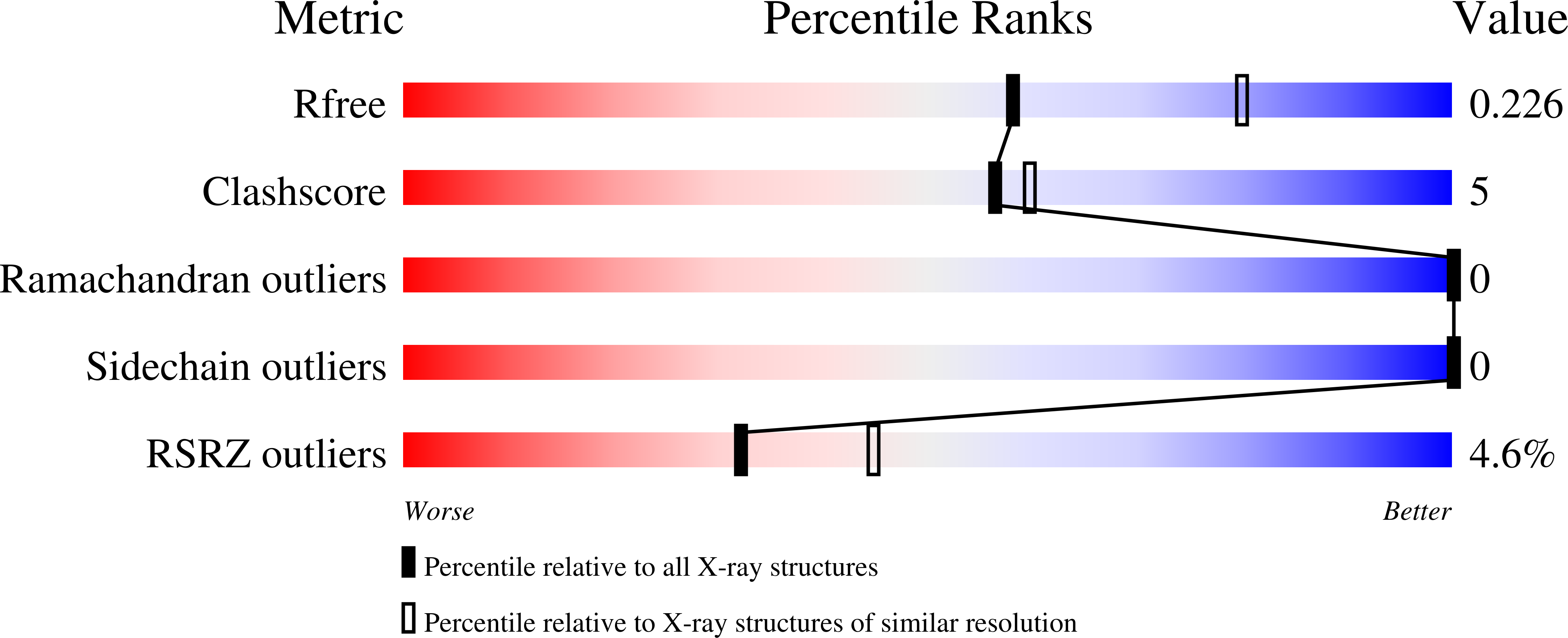
Deposition Date
2022-03-04
Release Date
2022-10-19
Last Version Date
2023-10-18
Entry Detail
PDB ID:
7U6P
Keywords:
Title:
Structure of an intellectual disability-associated ornithine decarboxylase variant G84R
Biological Source:
Source Organism:
Homo sapiens (Taxon ID: 9606)
Host Organism:
Method Details:
Experimental Method:
Resolution:
2.35 Å
R-Value Free:
0.22
R-Value Work:
0.18
R-Value Observed:
0.19
Space Group:
P 21 21 21


